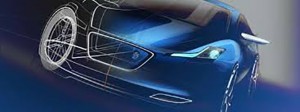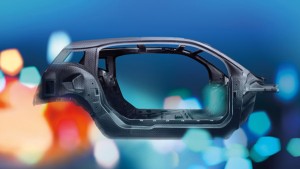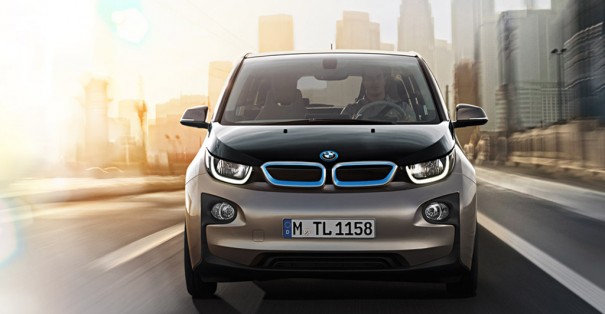BMW utiliza las soluciones de Dassault Systèmes para diseñar su coche ecológico i3
Con las aplicaciones Catia de Dassault Systèmes, BMW ha podido experimentar de forma realista la conceptualización de su nuevo modelo i3 desde la fase de diseño. Esto ayuda a detectar cualquier deformación que pueda comprometer la resistencia, calidad o producción debido a diferencias entre el producto final y la intención de diseño.
El fabricante de coches alemán BMW Group ha utilizado las aplicaciones de compuestos Catia de Dassault Systèmes para diseñar, desarrollar y fabricar algunas de las piezas y estructuras compuestas de su coche eléctrico, ligero y no contaminante, BMW i3.
“Utilizar estructuras compuestas ofrece a los fabricantes de coches el espacio de innovación que necesitan para crear nuevas experiencias de movilidad, al tiempo que cumplen con los cada vez más estrictos objetivos regulatorios. Esta es otra demostración de nuestro compromiso por llevar el diseño a la Era de la Experiencia a través de nuestra gama de aplicaciones Catia”, explica Philippe Laufer, CEO de Catia, Dassault Systèmes.
 Con las aplicaciones de diseño de compuestos Catia, las limitaciones de fabricación pueden incorporarse en las etapas conceptuales iniciales, favoreciendo la repetición de los diseños y la colaboración temprana entre los equipos de diseño y fabricación.
Con las aplicaciones de diseño de compuestos Catia, las limitaciones de fabricación pueden incorporarse en las etapas conceptuales iniciales, favoreciendo la repetición de los diseños y la colaboración temprana entre los equipos de diseño y fabricación.
Los diseñadores y productores pueden también experimentar de forma realista el proceso de fabricación, visualizando la orientación de la fibra en los materiales. Esto ayuda a detectar cualquier deformación que pueda comprometer la resistencia, calidad o producción debido a diferencias entre el producto final y la intención de diseño.
 Las aplicaciones Catia Composites proporcionan una experiencia ininterrumpida con continuidad digital, desde el diseño a la fabricación, prediciendo con exactitud las condiciones de producción.
Las aplicaciones Catia Composites proporcionan una experiencia ininterrumpida con continuidad digital, desde el diseño a la fabricación, prediciendo con exactitud las condiciones de producción.
Las funcionalidades específicas relacionadas con materiales compuestos incluidas en la aplicación Catia permiten acelerar el montaje de los materiales compuestos y los diseños de componentes.
Te gustó este artículo?
Suscríbete a nuestro RSS feed y no te perderás nada.














